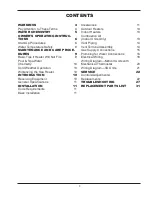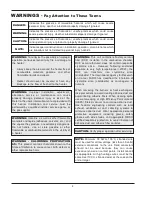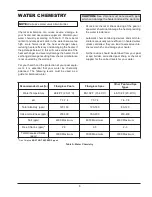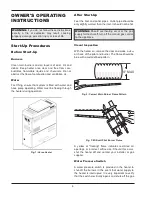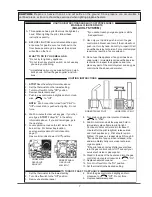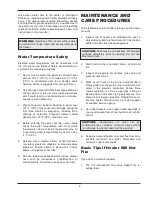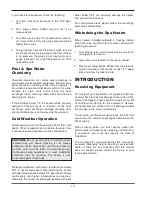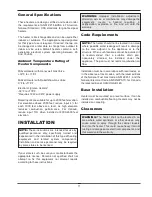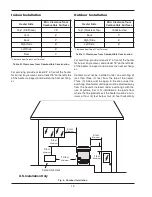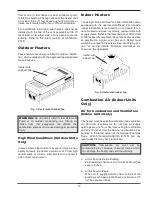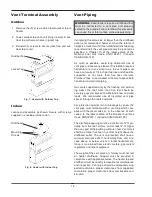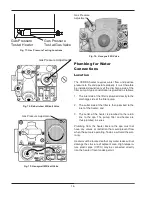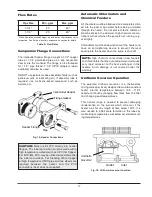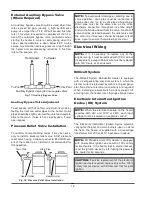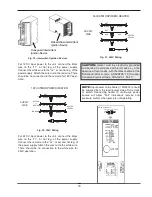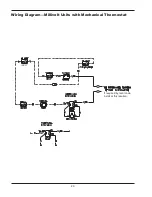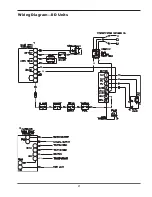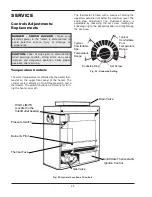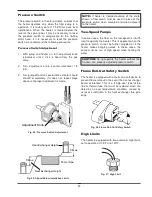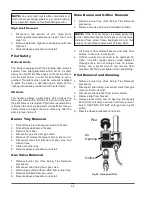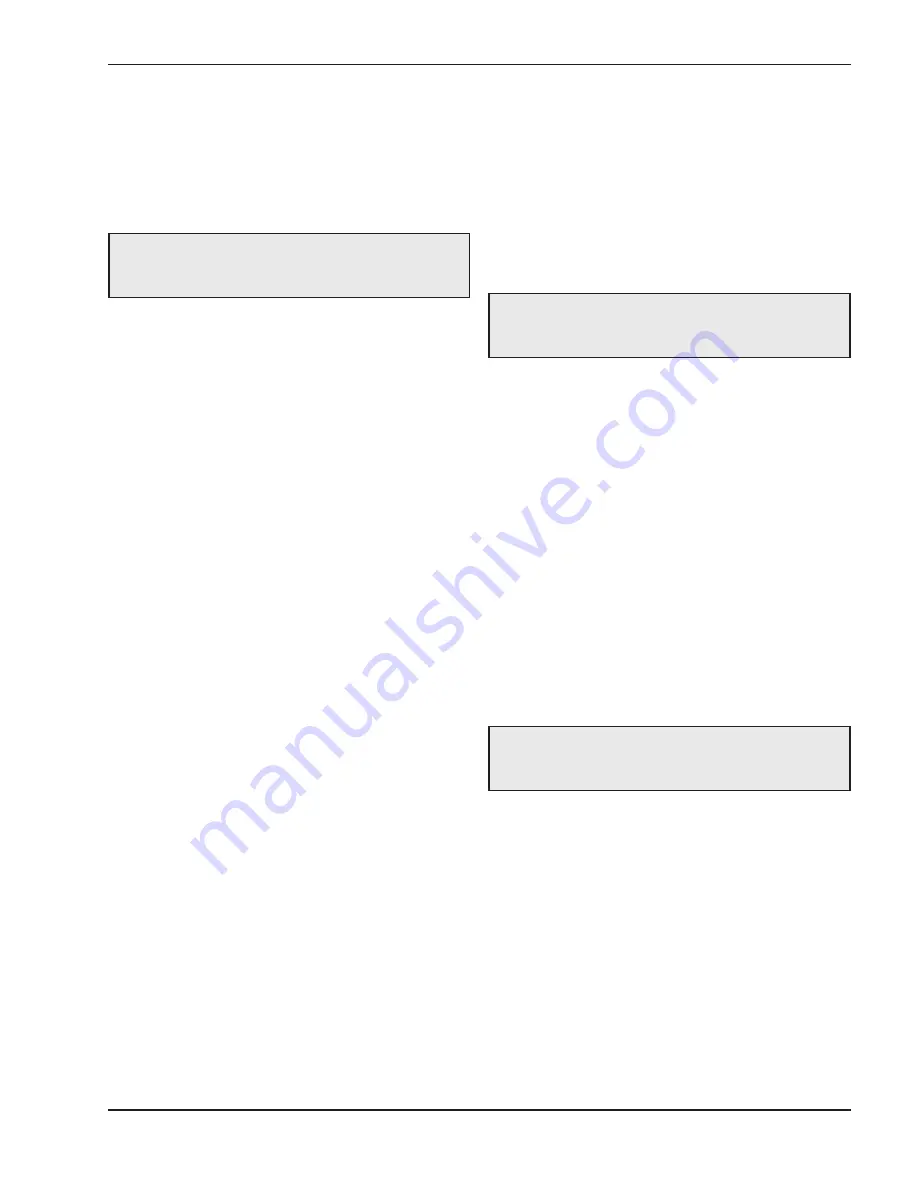
9
valve when water flow to the heater is interrupted.
Otherwise, rapid and severe heater damage will likely
occur. (The water pressure switch should be checked
and adjusted for proper operation by a qualified serv-
ice person at the time of installation and periodically
checked thereafter. Refer to pressure switch servicing
instructions in this manual.)
Water Temperature Safety
Elevated water temperature can be hazardous, and
the U.S. Consumer Product Safety Commission rec-
ommends the following guidelines:
1. Spa or hot tub water temperatures should never
exceed 104°F (40°C). A temperature of 100°F
(38°C) is considered safe for a healthy adult.
Special caution is suggested for young children.
2. Use of drugs and/or alcoholic beverages before or
during spa or hot tub use may cause drowsiness
which could lead to unconsciousness and subse-
quently result in drowning.
3. Pregnant women beware! Soaking in water over
102° F (39°C) may cause fetal damage during the
first three months of pregnancy, including brain
damage or deformity. Pregnant women should
observe the 100°F (38°C) maximum rule.
4. Before entering the spa or hot tub, users should
check the water temperature with an accurate
thermometer; spa or hot tub thermostats may err
in regulating water temperatures by as much as ±
4 °F (2.2°C).
5. Persons with a medical history of heart disease,
circulatory problems, diabetes, or blood pressure
problems should obtain a physician's advice
before using pools or hot tubs.
6. Persons taking medications which induce drowsi-
ness, such as tranquilizers, antihistamines, or
anticoagulants, should not use spas or hot tubs.
MAINTENANCE AND
CARE PROCEDURES
To be followed one month after start-up and then semi-
annually.
1. Inspect top of heater and drafthood for soot, a
sticky black substance found around finned tubes,
baffle and open flue gas passageways.
2. Clean main burners and pilot burner of dust and
lint.
3. Inspect and operate all controls, gas valve and
pressure relief valve.
4. Make visual check of the burner and pilot flame.
Flame pattern on the main burner and pilot is indi-
cated in the previous illustration. Yellow flame
means restriction of the air openings. Lifting or
blowing flame indicates high gas pressure. Low
flame means low gas pressure. Should this occur,
shut the heater off and contact your gas supplier
or qualified service agency.
5. On indoor heaters, clean room intake openings to
ensure adequate flow of combustion and ventila-
tion air.
6. Keep area around heater clear and free from com-
bustible materials and other flammable and
corrosive vapors and liquids.
Basic Tips if Heater Will Not
Fire
If you have no electrical power:
1. The "circuit breakers" may have tripped. Try re-
setting them.
WARNING:
Operation of the heater without water
circulation will cause rapid and severe damage to
the heater.
CAUTION:
Soot may be combustible. Wet sooted
surfaces completely prior to cleaning. Do not use
steel wire brush.
CAUTION:
Combustion air must not be
contaminated by corrosive chemical fumes which
can damage the heater and void the warranty.



